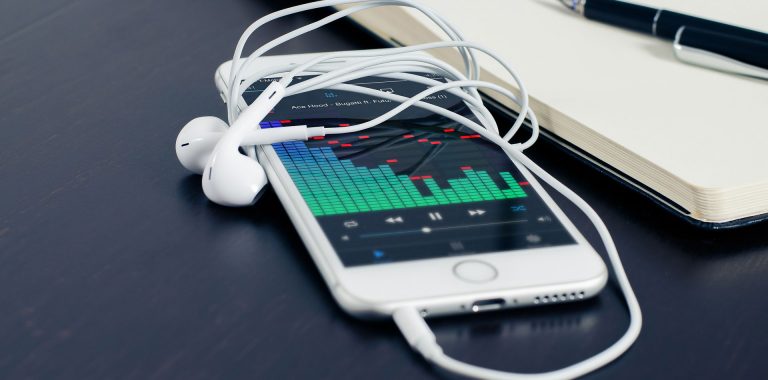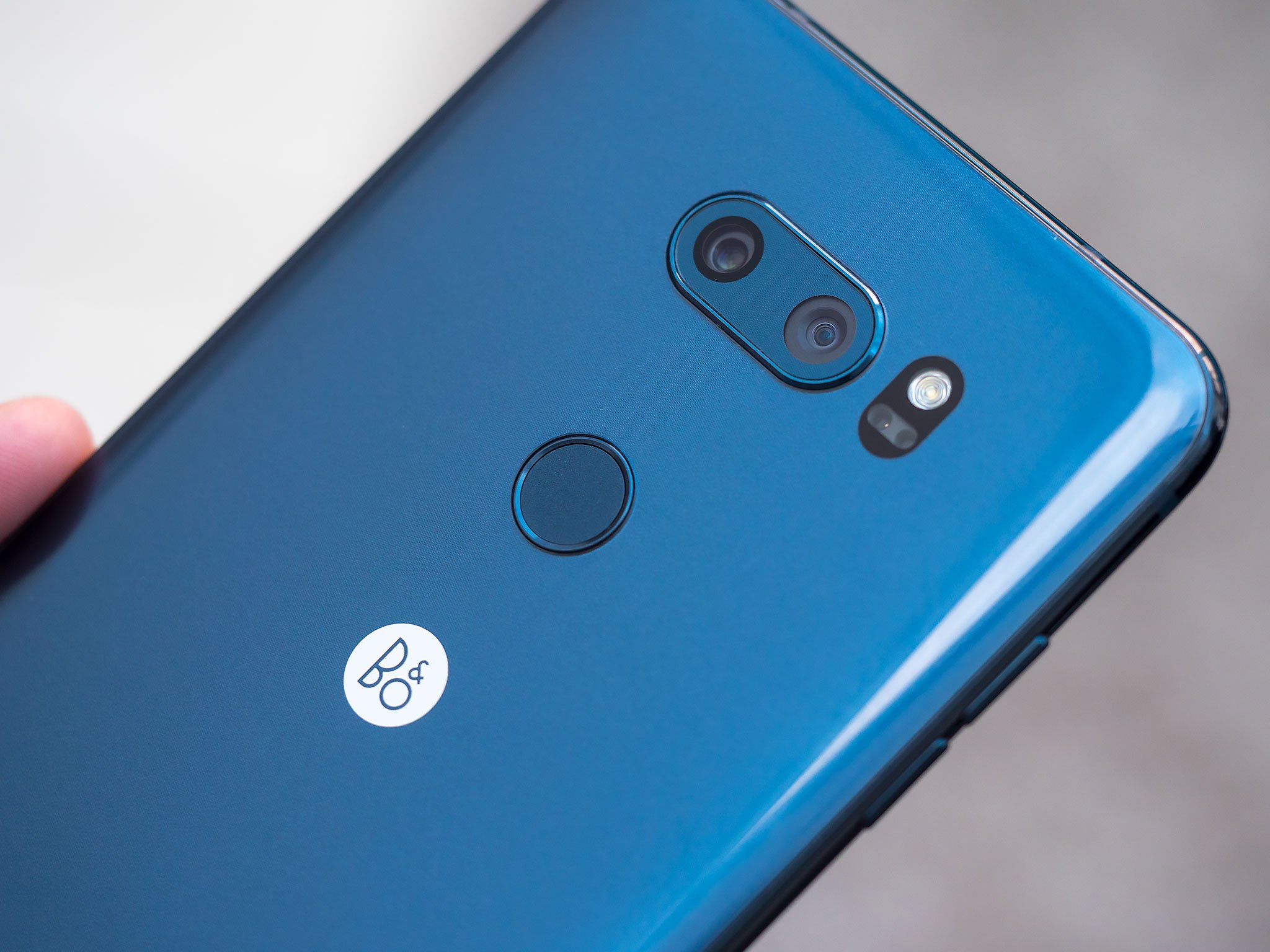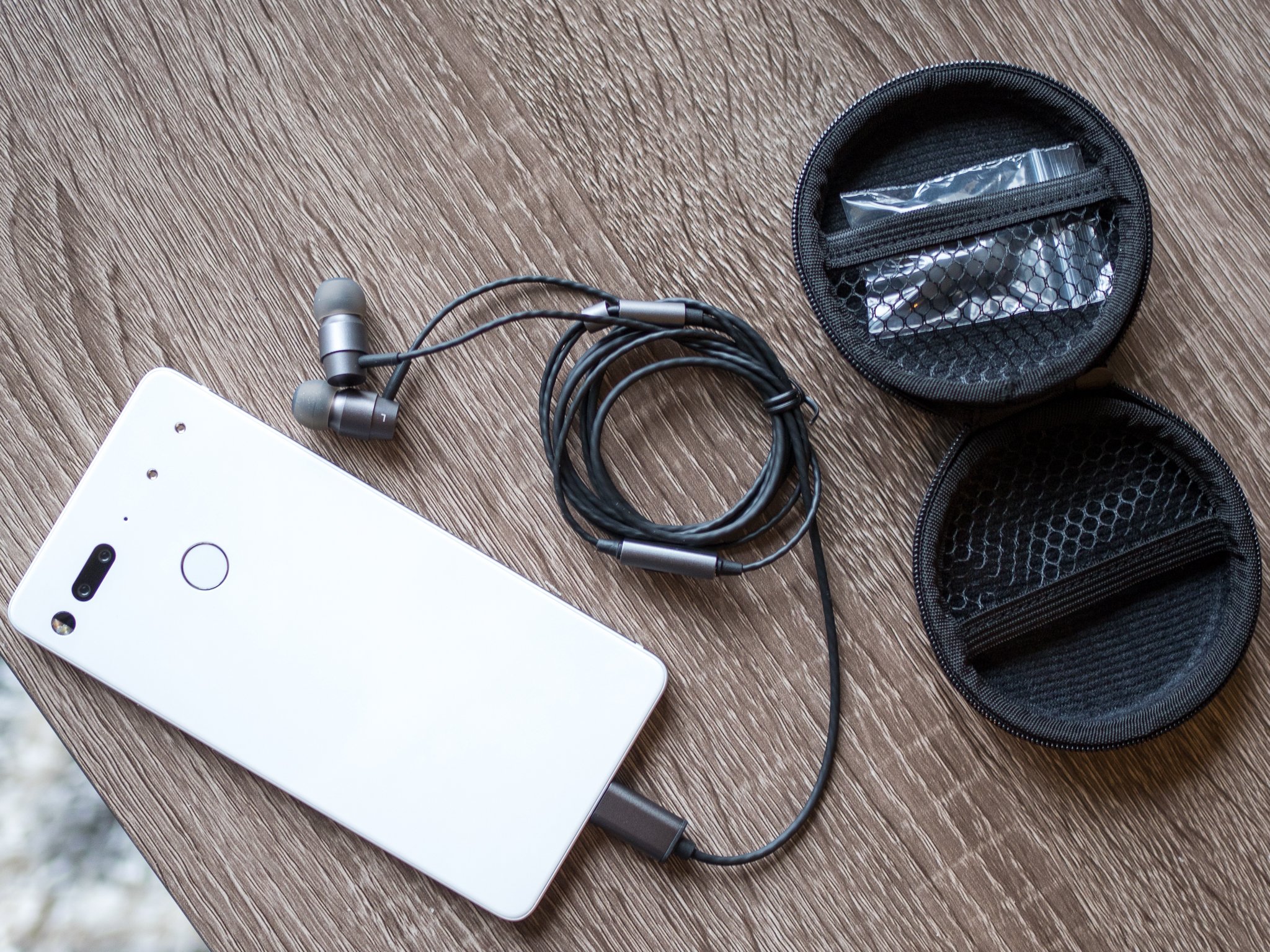
Almost everyone has a smartphone. We don’t all use them the same way, though. You might like to play games, or maybe you’re news or social media junkie, or you just want a way to stay in touch with the people you know and a smartphone is perfect easeus data recovery wizard 11.8 crack full version because they all have one, too. It’s pretty great when you think about it; these little gadgets can be anything for anyone.
One thing all of our phones have in common is that they have, for all intents and purposes, replaced the portable media player. The way we listen to our music has evolved and streaming services have replaced the USB cable for almost everyone. And no matter how you vpn gate client get the music on your phone, you need a pair of headphones to listen to it best. Don’t be that one guy on the bus who wants us all to hear those sweet Def Leppard tunes.
You’ll find plenty of places online that can recommend a great pair of headphones you can buy in any and every configuration. We have several of them here, too, and I admit listening to music and picking out the best pair is a great way to earn a living. You should definitely check them out before you buy any headphones at any price, but it’s also important to know a few other things, too. Let’s talk about how some headphones are going to work better for some phones so you know which of those highly recommended headphones are best for you.
The Zalo PC
Snaptube PC gratis Snaptube For PC
Ativador Windows 10
Bluetooth vs. wired

There’s no better way to kick this off. Many new phones don’t have a 3.5mm headphone jack, but I’ll go out on a limb and say that more avast premier 2016 serial number phones with one are in use than without. Samsung and LG still offer a headphone jack, and not everyone buys a new phone every year. And even if your phone doesn’t have a headphone jack you can still connect headphones through the USB or Lightning port. But should you?
Ignoring the economic benefit of having a regular headphone jack, for almost everyone the benefits of wireless headphones outweigh the drawbacks. Yes, you have to keep one more thing charged, but you no longer have a wire running down your neck. avast premiere kuyhaa We’re mostly focused on how things sound here, though, and almost every pair of Bluetooth headphones you can buy is going to sound just great for listening to music or a movie or even talking on the phone.
I hate not having a headphone jack, but when it comes to sound سریال نامبر ccleaner quality it’s really not a big loss if you’re not using a V30.
There are three reasons for this. The first is that the music you’re streaming isn’t of a high enough quality for it to lose any because of the Bluetooth transfer. The HD codes used for Bluetooth in phones for the past few years can deliver higher quality audio than Spotify (or almost any streaming service) can deliver over the network. It’s not that Spotify is sending poor quality either — Bluetooth is just really good now.
The other two reasons Bluetooth will sound as good or better than a wired connection for most people has to do with the electronics involved. Music is stored and streamed in digital format, but headphones need it in an analog format to make the sound. Two dedicated parts do all the magic here: the DAC and the amp. avast antivirus gratuit crack
More: Does my phone have a DAC? Explaining DACs and Amps in smartphones today
Some phones, like the LG V30 or the HTC 10, have dedicated premium audio hardware on board. If you have a phone like this, then wired audio can sound better than Bluetooth provided you have a high-quality source. But most phones just use the audio hardware that’s included as part of the processor assembly. Bluetooth headphones have this same audio hardware built into them. The audio hardware on the chip that powers your phone is acceptable when it comes to quality, but it takes extra time and money to design things in a way that won’t degrade the quality because of electrical interference from all the other bits inside your phone.
A cheap DAC and amp in a phone won’t sound as good as the same cheap parts in a pair of Bluetooth headphones.
A phone maker can make this equipment sound really good, but most of the time the end result won’t sound as good as those same cheap white-label electronics when they are placed inside your headphones. These may sound like small details, but they can make all the difference. Simply put using an example we all know: a Galaxy S8 sounds pretty good using an average pair of earbuds and will sound just as good or better using an inexpensive pair of Bluetooth headphones. High-end headphones that support HD codecs will sound better.
And that’s enough words on the endless wired vs. wireless headphone debate.
What to look for in Bluetooth headphones

Bluetooth will sound just as good as wired most of the time, but if you want a pair of great sounding “premium” Bluetooth headphones you need to know a little bit about codecs.
A codec (short for coder-decoder) describes the software and hardware used to encode, compress, and decode audio data and some do a much better job of it than others do when it comes to things sounding like the original recording. There are three important ones for smartphone users, and you’ll want to make sure the headphones you buy support the right one(s).
- AAC: If you have an iPhone, getting a pair of headphones that supports the AAC codec over Bluetooth will mean you’re getting the best possible quality. If you don’t have an iPhone or never plan to listen through an iPhone, AAC means nothing for you.
- aptX: If you have a phone with a Qualcomm chip inside, your phone probably supports aptX. There are three flavors of aptX: “regular” aptX, aptX LL (for low latency), and aptX HD (for higher definition) and any of them sound really good when paired with headphones that support it. The LL and HD versions will also fall back on the regular version if it needs to, so a phone that supports aptX paired with headphones that say they support aptX HD will be able to send audio using the standard aptX codec and it will sound great.
- LDAC: The LDAC codec comes from Sony and is able to deliver audio at quality as good or better than even the best wired setup at it’s highest settings. It’s important because as of Android Oreo (8.0) LDAC is built into every Android phone. If your phone and your headphones support LDAC, things will sound great.
The trickiest part is knowing what codec(s) your phone and the headphones you’re looking at support. Almost every phone with a Qualcomm chip supports aptX and almost every pair of high-end Bluetooth headphones do, too. Sony’s high-end models support LDAC, and as mentioned every Android phone with Oreo does. AAC is harder to find in headphones, but every iPhone supports it.
This information is also listed on the packaging for headphones and in your phone’s manual, so be sure to take a look if you’re not sure or just ask online. Chances are someone else already looked and knows the answer.
Impedance
Bluetooth users get to sort through codecs, but wired headphone users also need to pay attention to one line on the spec sheet of any headphones: impedance.
If you’re not familiar with the word, you can think of impedance as resistance (which it is) and you’ll be fine. You don’t need to understand the nuances of impedance vs. “regular” resistance to know why it matters. Higher impedance headphones need a stronger amplifier to drive them and won’t be very loud or very clear with most phones if the impedance is too high.
Most headphones match up well with smartphone hardware but beware if you’re in the market for high-end gear.
None of this matters if you prefer earbuds. I don’t know of any earbuds that have an impedance of higher than 30 or so ohms, with most being much lower. That’s because earbuds were designed for portable players and most portable players don’t have a high-gain amp inside them. But if you’re buying a pair of over-the-ear headphones, especially expensive ones, you might want to check.
That doesn’t mean lower is better though. When the impedance is too low, the headphones will be louder (which can be a plus for some of us) and may sound distorted (which may also be a plus for some of us that are a bit weird). Look for a pair somewhere between 20 and 50 ohms impedance and your phone will be able to properly drive them. A little lower or higher can be OK, but remember that the higher the impedance is, the lower the volume will be. Get too far outside this range and things might be too quiet or too loud and distorted.
The LG V30

When it comes to headphones, the LG V30 gets its own category. It deserves one, and all of this applies to the V10 and V20, too.
Everything above about Bluetooth sounding as good as wired doesn’t apply to the V30, as even mediocre headphones can benefit from the superior DAC inside the phone. The source quality still matters though, and it’s really worth downloading some lossless audio to your SD card and hearing just how good it can sound if you have a V30.
When it comes to smartphone audio, LG is where it’s at. Hail to the king, baby.
The V30 has two internal sound devices. That doesn’t mean it has two separate sets of hardware, just two independent configurations. One configuration puts the phone into a high-impedance mode when you use a set of headphones that have a higher impedance.
This means two things — lower impedance headphones will be VERY LOUD using the high-impedance mode (there are ways to trick the phone using adapters) and may very well blow the speakers or the eardrum they are next to. But higher-impedance headphones are a real thing, and this lets them enjoy a bit of extra power so they have more volume and clarity than they would without it. Both modes still use the superior DAC and signal path; the only difference is in the amplifier gain.
You can trick the V30 into high-gain mode with an adapter. You can also blow your eardrums, or even worse, your headphones.
This makes a difference when you’re buying headphones. First of all, I don’t recommend you try any of the tricks to use high-gain with headphones that don’t need it. It’s bad for the headphones and your ears if you take things too loud. And you really don’t need to, because low-impedance headphones still sound great through the V30. But you might like the sound from high-impedance headphones better because it can be slightly different.
Any of the high-quality headphones you see recommended will sound better through the V30 than almost every other phone, but if you’re looking to spend a little more money and want to make it worth spending, you’ll need to listen yourself to decide if buying high impedance headphones are worth it. My personal recommendations:
- Sony MDR7506. I just love these headphones. They’re big and bulky and have a horrible coiled cord, but they sound beautifully flat. This lets you set the way things sound through your equalizer and you can adjust to find the sound you like. Consider these to be low-impedance (63 ohms) even though some models of V30 will think they are high-impedance because the cut-off point is right around 50-60 ohms. Just watch the volume and you’ll be fine.
See at Amazon
- Beyerdynamic DT 770 PRO 250 Ohm. These high-gain headphones won’t sound very good with a lot of other audio players or home stereo equipment. They’re a bit screechy on the high-notes and boomy and echoey on the bass. But they match up really great with the V30’s Enhanced audio filter preset and you won’t have these issues. If you want to try high-impedance headphones without spending an arm and a leg, you can grab these for well under $200 from Amazon. Be ready to use the liberal return policy if you don’t like them.
I don’t recommend these with the V20, though. Those audio filters on the new Sabre DAC make all the difference.
See at Amazon
Frequency response
Headphones are a very personal thing and what sounds good to me may not sound good to you. But there is a way to measure how well things can sound at the very high and very low end of any music or movie audio track — the frequency response.
This is simply the limit of the hardware’s ability to create audio listed as a number. You’ll see it listed as a range and the lower number represents the lowest bass the headphones can recreate and the higher number represents the highest treble.
Ideally, you want to see a frequency response of 5 – 35,000 Hz (Hertz). That would mean the headphones are capable of reproducing every sound a human with perfect hearing can hear. Headphones with a frequency response that wide might be a little pricey, so a more reasonable limit is 15 – 24,000 Hz. and you’ll find a lot of headphones with that range of frequency response.
USB-C headphones

USB-C is a great way to send audio, but there are also a few things you need to be on the lookout for when buying a pair for your phone. The first one is that there aren’t a lot of choices out there, so if you were to go with Bluetooth this year and wait for the industry to catch up nobody would blame you.
The second is the active versus passive question — which does your phone support? Active USB audio means the phone is sending audio in its digital form and you need headphones or a dongle with a DAC and amplifier inside. Passive USB audio is a signal that’s been converted to analog inside the phone and the dongle or headphones need to not have a DAC and amp, or be capable of taking in an analog signal in some other capacity.
Smartphone manufacturers switched to USB-C audio before headphone manufacturers were ready.
On the phone side, it’s not too messy. Every Android phone supports Active dongles or headphones, and all you need to do is plug them in and they will be recognized correctly. Passive dongles or headphones are another story, and there are only a few phones that support a dongle or headphones without their own DAC and amp — Motorola being the most well-known example.
Headphones and adapters are messy. you would think the fact that there is a standalone DAC and amp inside would be something worth writing on the package or in a product description, but most of the time you won’t see it mentioned. My best advice is to ask online and get an answer before you spend any money.
More: USB-C audio: Everything you need to know
What do I use?

I’m one of those people. The ones who nitpick audio to death and spend too much time worrying about it and too much money on board equipment. I’m also in the position where I can use a lot of different phones with my favorite headphones of all types. I do tend to favor flat headphones with any adjustment coming from an on-board equalizer, so know that going in.
Anyways, here is the gear I use and paid for after trying a lot of different stuff:
- Earbuds. If you can get your hands on a pair of Samsung Level-IN earbuds (which are now discontinued), you should totally buy them. I don’t use earbuds very often because having Adobe Photoshop CS6 Free Download Full Version for Windows 7 32 Bit anything inside my ears drives me batty, but I really like the way those sound. A recommendation that you can buy are Aukey’s Arc Earbuds. They’re comfortable as far as earbuds go (they are the behind the ear type), have a nice thick silicone-coated cable and sound pretty great.
See at Amazon
- Bluetooth. My colleagues would all recommend the Bose QuietComforts here, but I disagree. If you need noise-canceling above everything else they’re great, but if you don’t there’s a better (and much cheaper) option for my money — Ghostek’s SoDrop 2. They’re comfortable, sound great with any phone that supports aptX, and inexpensive (about $65). A friend turned me on to them after he bought a pair from an airport vending machine of all places and I bought my own pair to toss into my laptop bag.
See at Amazon
- Over-ear headphones. If you have an LG V30 (or V20 or V10 even), scroll up because there are better options for you. For everyone else, I have to recommend the Audio-Technica ATH-M40x. Some headphones will sound better on some phones, but I’ve found that these sounds really good on every phone I’ve tried. They’re 35 ohms, fully collapsable with a 360-degree swiveling cup, and have a detachable cord. They’re also fairly flat sounding (just a hint of extra bass) and are less than $100 so you won’t want to kick a puppy if you lose or break them. That’s exactly what I want from a pair of headphones and unless I have my V10 with me, I’ll have these.
See at Amazon
One final bit of advice here: I can’t tell you what sounds the best to you. Neither can anyone else on the internet or in real life. Buy your headphones from a vendor that will let you return them if you hate them! I either buy from Guitar Center because I can walk in and try them or from Amazon because I can send them right back. I have an unhealthy obsession with headphones, so let my mistakes and eventual epiphany help you out here.
Rock on!






Comments
To do that you could want – even every hour price change